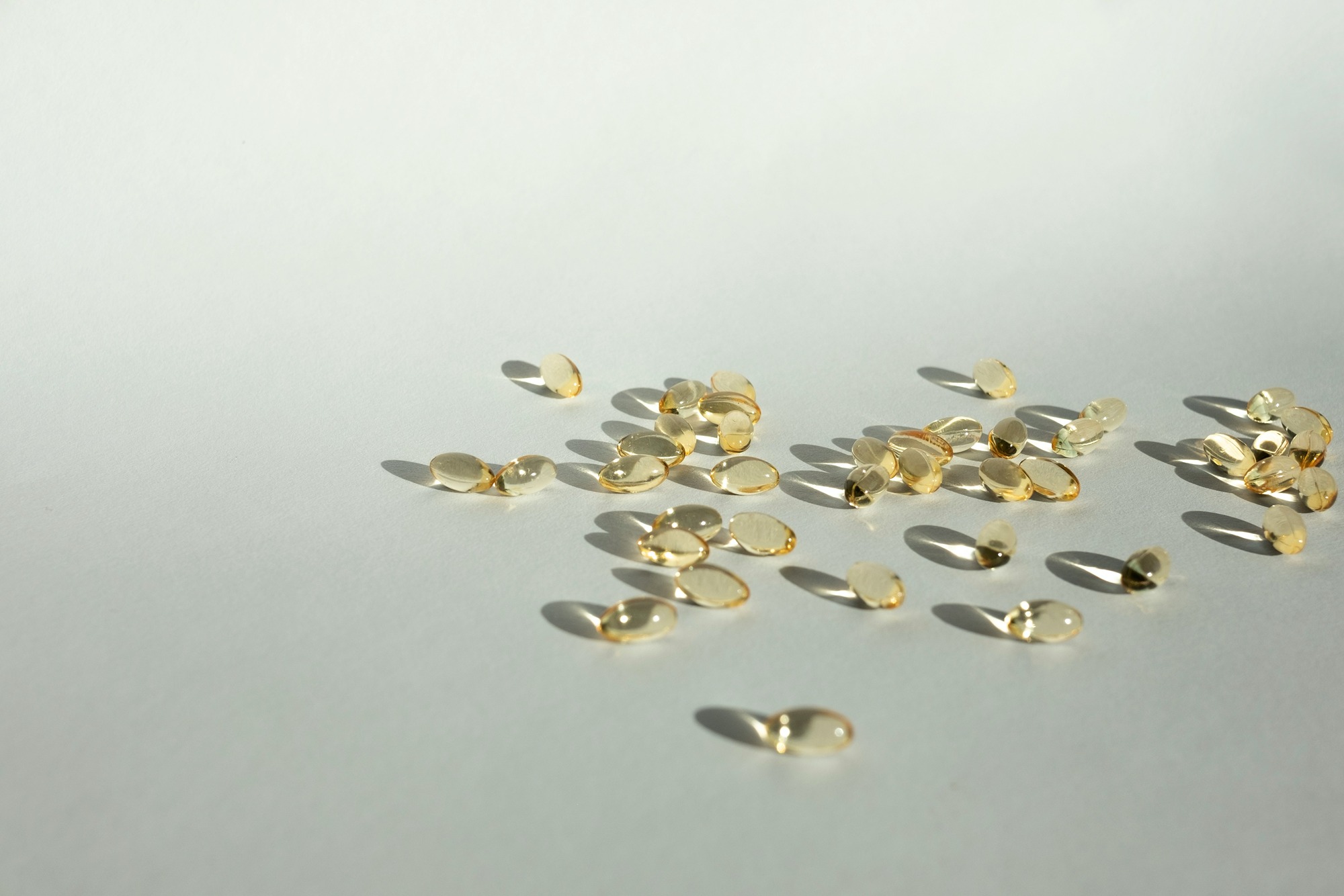Type a search + hit enter!

Medications and lactation can be a difficult topic, because there is a lot of conflicting information out there on what is safe and what should be avoided. This can be overwhelming for someone who wants to take an over-the-counter (OTC) medication to feel better but is worried about exposing his/her infant to medication. Many people […]
read more
latest post

read more
Medications and lactation can be a difficult topic, because there is a lot of conflicting information out there on what is safe and what should be avoided. This can be overwhelming for someone who wants to take an over-the-counter (OTC) medication to feel better but is worried about exposing his/her infant to medication. Many people end up choosing not to take anything and suffering when most medications are safe and appropriate to use during lactation.
So, how do you decide between riding it out or trying non-medication options first and taking a medication? The following points are helpful when deciding what approach to take for your symptoms and how to decrease your infant’s exposure to medications if you do need to take something for your symptoms.
-
Determine the source of your symptoms. Depending on the source of your symptoms, OTC medications may or may not be helpful. OTC medications are generally not helpful for common cold symptoms like runny nose, sore throat, and cough. These symptoms are generally caused by drainage, and the drainage is produced in response to the cold virus. The only way to reduce those symptoms is to remove the virus. Non-medication options like saline nasal rinses or hot tea with honey are helpful for clearing out drainage, making a sore throat feel better, and calming down a cough. However, OTC medications are helpful if your symptoms of runny nose, sore throat, and cough are due to seasonal allergies. In this case, the symptoms are due to the body’s response to the allergen and the release of histamine. Second generation antihistamines like Claritin, Allegra, and Zyrtec and steroid nasal sprays like Flonase will help decrease the allergic response and thus the symptoms. Regardless of the cause, Tylenol is safe for pain. Advil or Motrin (both are ibuprofen) are also safe but should be avoided if also pregnant. Colds and allergies can also cause sinus congestion. There is research to show that Sudafed, an oral nasal decongestant, can decrease milk supply. It is best to avoid Sudafed and choose a nasal spray like Afrin first.
-
Determine the likely length of time needed to treat your symptoms. If you anticipate your symptoms only lasting a few days, like with a sore back or being allergic to cats and visiting someone with cats, you should not hesitate to treat your symptoms with an appropriate medication. Cases like this usually require a couple doses of medication, and the symptoms are resolved. Any exposure via breastmilk is low and the time exposed is very short. If you anticipate your symptoms lasting for a long period of time, like with seasonal allergies, you may consider other options first. These could include avoiding your allergens, using daily sinus rinses, or choosing a nasal spray instead of an oral medication to treat your allergies. For cases like seasonal allergies, second generation antihistamines or steroid nasal sprays are safe for long-term use.
-
Try non-medication options first. Many people know that medications are safe to use when lactating but would rather try non-medication options first. This is a good choice when you feel common cold or allergy symptoms coming on or if your symptoms do not greatly interfere with daily life. Options like heating pads or ice packs are helpful for pain and inflammation. Honey is a natural cough suppressant. Warm or hot beverages like teas are soothing to sore throats. Saline nasal rinses, hot showers, and warm steam are all helpful for clearing nasal drainage and opening sinus passages. If you try non-medication options first and your symptoms worsen or you do not feel any better after a couple days, it is probably time to use a medication best suited to treat your symptoms.
-
Avoid combination medication products. It is best to take individual medications instead of combination products. The combination products often contain medication you do not need or only need for a short period of time. Taking individual medications allows you to stop medications you no longer need and thus reducing any exposure your infant may have.
-
Take short-acting medications instead of long-acting medications with the exception of antihistamines. Short-acting medications require you to take them multiple times a day instead of once or twice a day, because they do not last as long in your system. This allows you to take them only when you feel they are most needed, and it also decreases your infant’s exposure to the medication. The one exception to this general rule is antihistamines. First generation antihistamines like Benadryl are short-acting but are able to decrease milk supply when used frequently and at high doses. Second generation antihistamines are preferred since they are most specific in their actions and have not been shown to decrease milk supply even if used daily.
-
Try to take your medications after a nursing session. Many people try to take their medications immediately after a nursing session, because this provides the biggest separation between taking a medication and the next nursing session. This isn’t always possible, but it may be worth trying if you are concerned about about your infant’s exposure to a medication.
Most OTC medications are safe for short-term use, and many are safe for long-term or daily use. If you are concerned about your infant’s exposure to a medication you may take, consider what is causing your symptoms, how long you might need the medication, and what else you might be able to try first. There is no need to suffer through bothersome symptoms, and it is important to take care of yourself so you are able to take care of your family.

read more
Directly after birth we know that skin-to-skin contact had quite a few benefits for both the mother and the newborn baby. These benefits include infant temperature regulation and blood glucose control, maternal confidence in handling her infant, improved bonding between the mother and the infant, and opportunity to begin the breastfeeding relationship. With so many […]

read more
Experts in infant feeding recommend waiting until at least 6 months of age to begin introducing solids to your baby. I like to use this analogy when I am doing breastfeeding education: there are some 12 year old kids that have good hand-eye coordination, are tall enough, and seem interested in learning how to drive a car. Does this mean that you throw them the keys and allow them to go out onto the road? Certainly not. It is the same with infants – just because they are interested in table foods, this does not mean we automatically begin to offer them.
So how do you know if your baby is ready for solids? You will want to make sure that your baby is at least 6 months old AND meets all of the following criteria.
1. When sitting up, the infant is able to hold their own head up.
Babies are born with very large heads in comparison to the size of their body. Until the baby has gained enough neck strength, they are unable to hold up their own head when they are sitting. In order to introduce solids safely, your baby should be able to hold up their own head when they are propped in a chair.
If you are using baby-led weaning, you want to make sure that the infant can sit up unassisted and has the ability to grab and hold onto foods prior to allowing them access to foods.
2. The infant no longer has a tongue thrust reflex
Many parents begin to introduce solids and when the baby uses their tongue to push the food back out of their mouth, they conclude the baby did not like that type of food. This is not 100% accurate, as infants are born with a tongue thrust reflex that helps them to breastfeed. The tongue thrust reflex causes the baby to push their tongue out of their mouth when there is something near their lips. If your baby still has a strong tongue thrust reflex, then they are not quite ready for solid foods yet.
3. The infant reaches for/shows interest in table foods
We always want feeding to be a positive experience, so that we encourage our children to have a healthy relationship with food as they grow up. If your baby is not showing interest in solid foods, don’t force them to eat solid foods.
One dietitian who does a lot of work with child feeding is Ellyn Satter. Ellyn’s website and books are very helpful for parents navigating the world of infant feeding after introducing complementary foods.

read more
Early Human Development published a study this month that investigated the effect of labor medications on newborn behavior in the first hour after birth. The article caught my eye because I find myself frequently asked questions by mothers about what normal newborn behavior looks like, and quite frequently my answer is that it depends on […]
Get Your copy →
Cross the finish line with confidence.
Don't walk into your IBCLC exam nervous - with our comprehensive study guide in your back pocket, you'll be prepared for every scenario and question.
